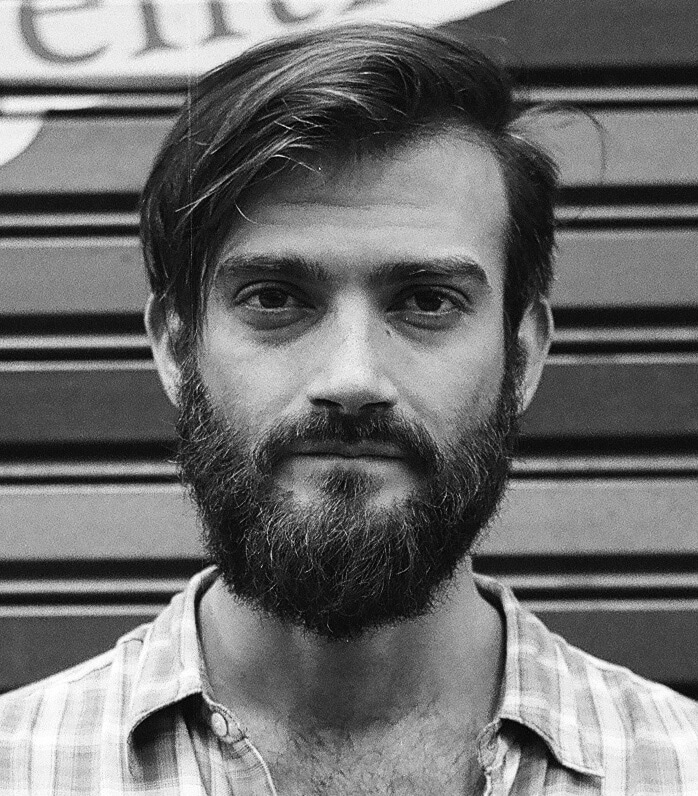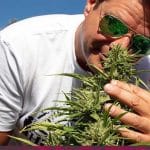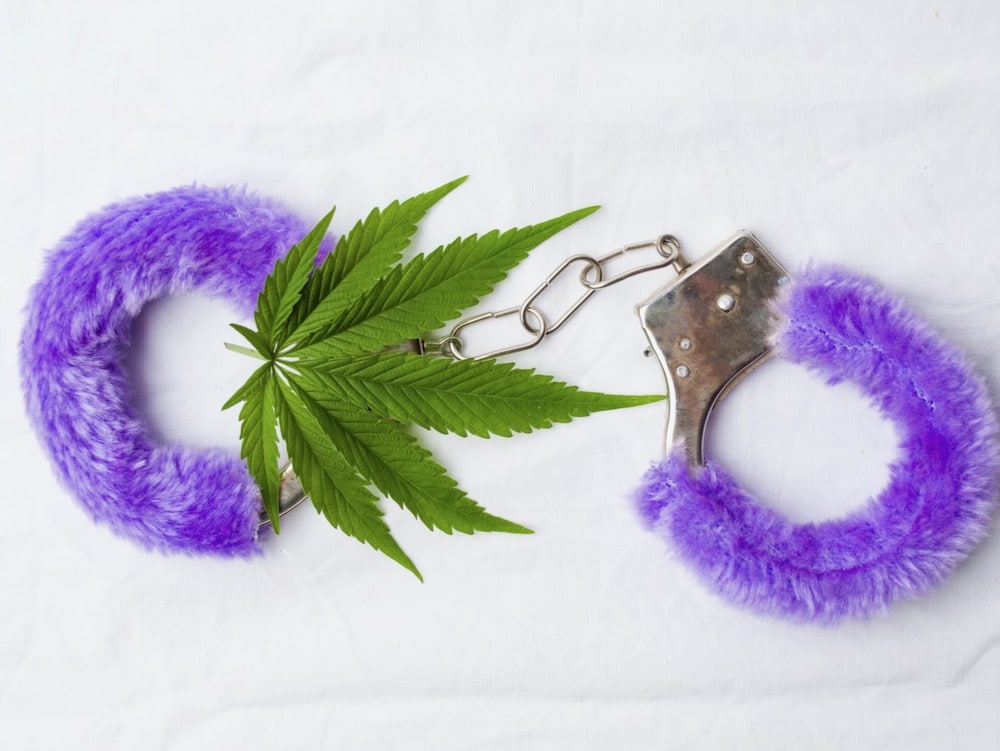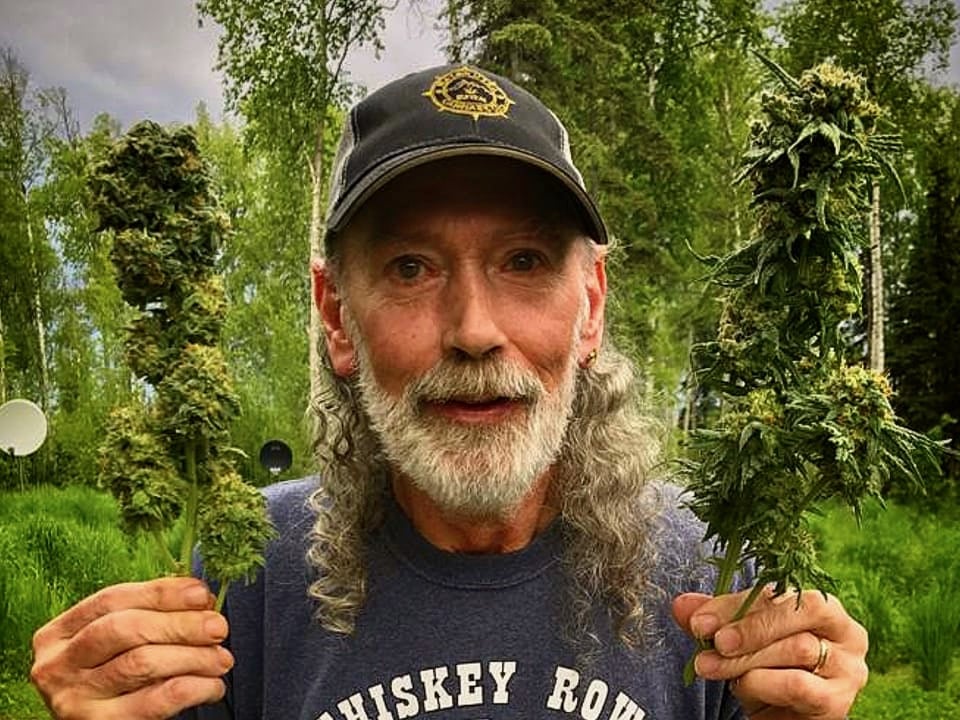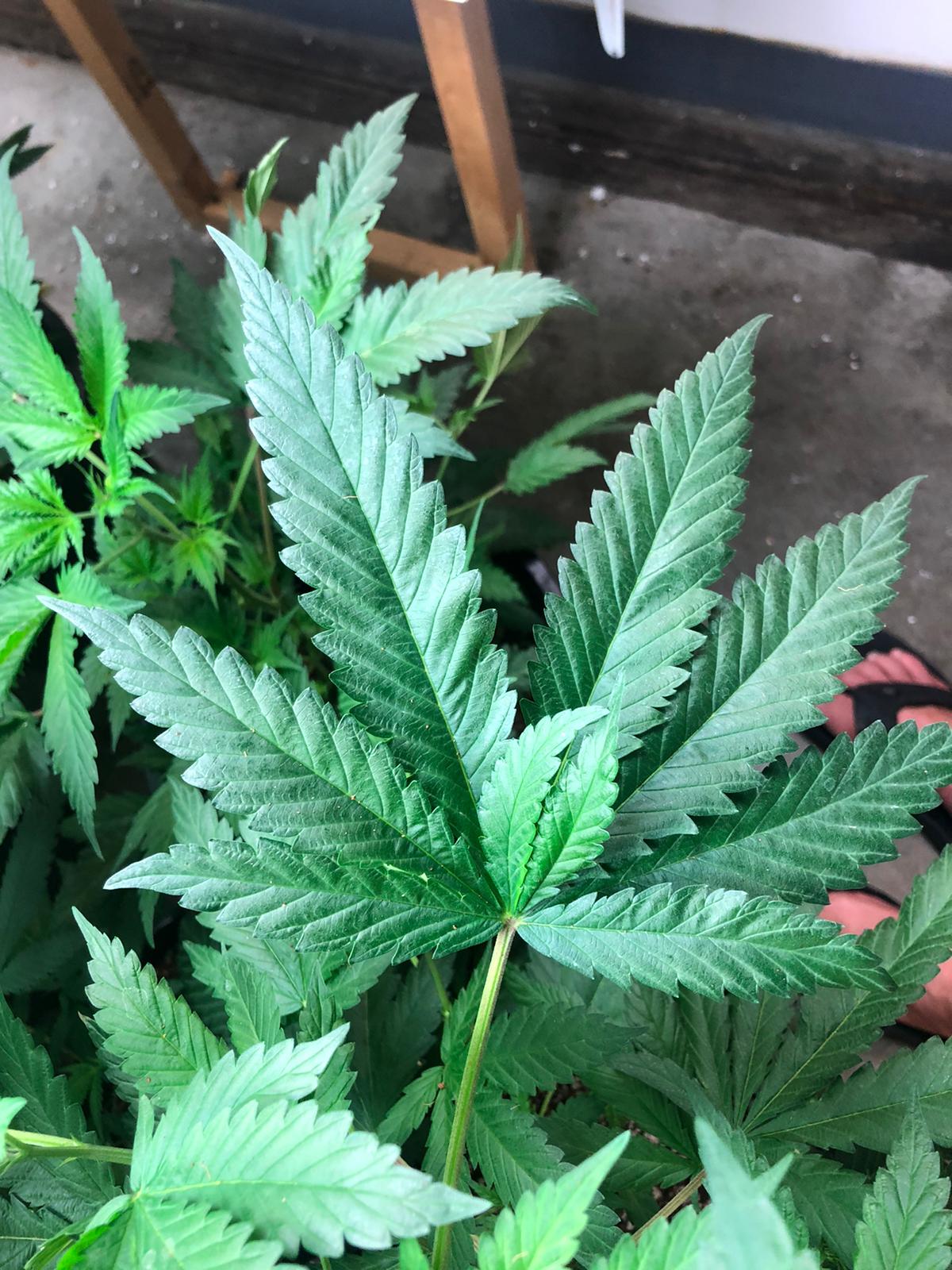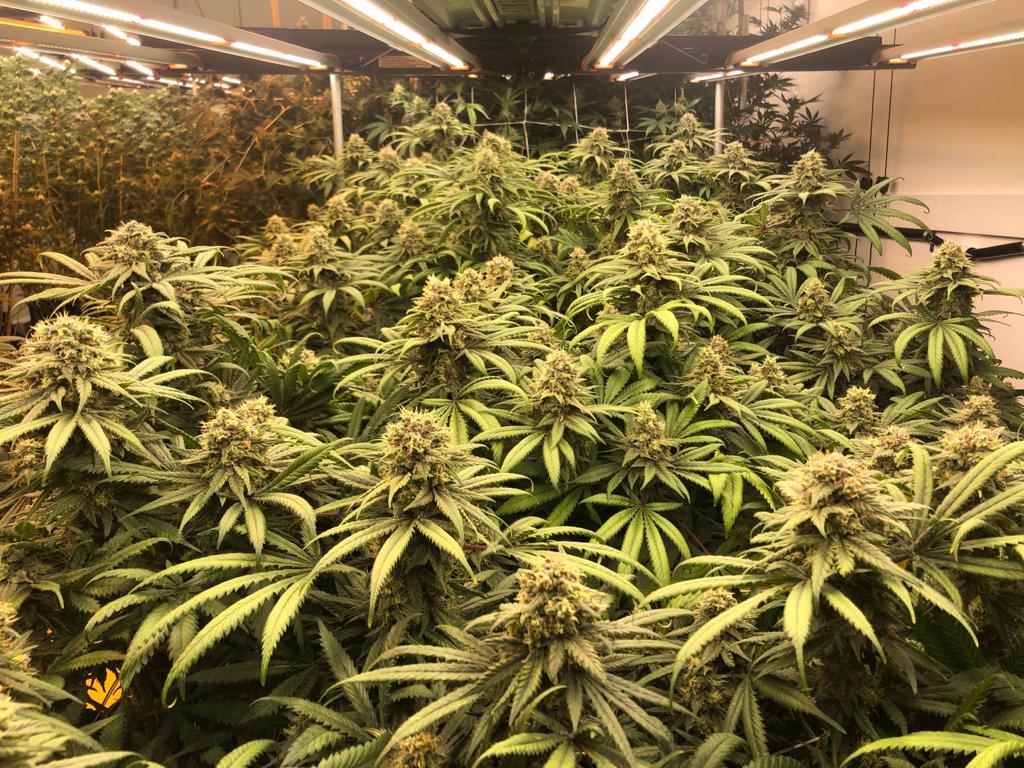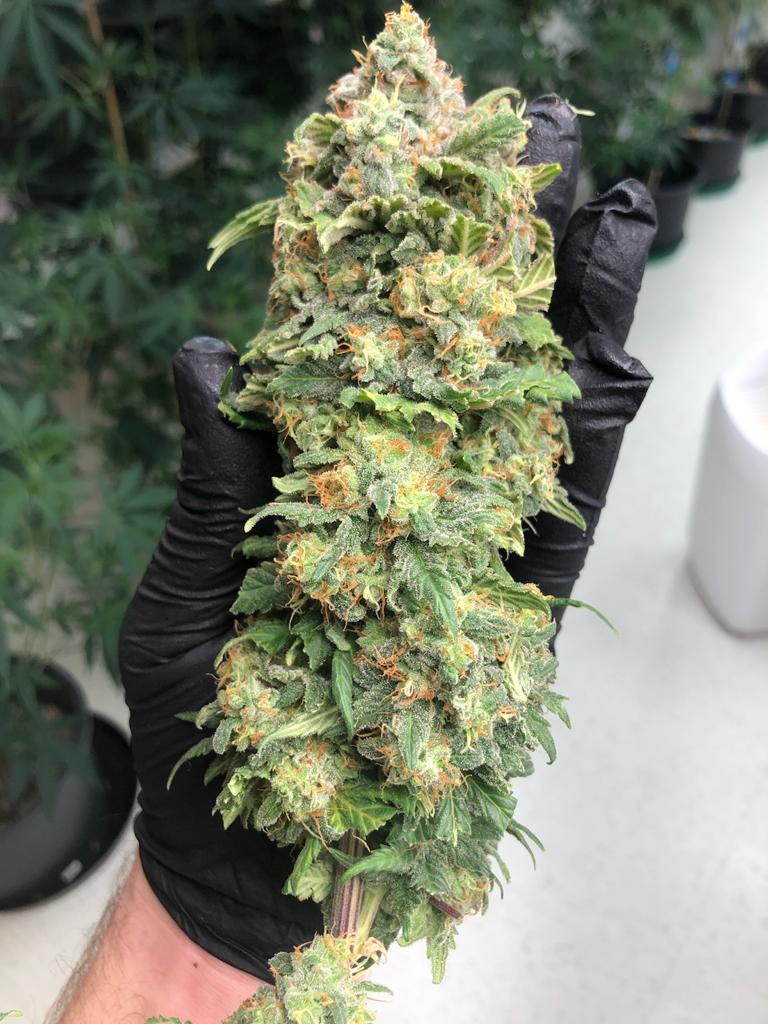Today marks the beginning of the end of prohibition in Argentina.
At midnight on Thursday, the Argentine government published a set of changes to bill 27.350, the nation’s heavily criticized medical cannabis law.
Patients registered under RECANN, the national cannabis patients registry, now have the right to cultivate their own medicine, either individually or as part of a group or collective, or buy cannabis oils, tinctures, or topicals at pharmacies.
Moreover, the new legislation also broadens the qualifying conditions for medical cannabis treatments in Argentina.
Up until now, bill 27.350 restricted the use of medical cannabis only to public health trials including patients with refractory epilepsy.
The new legislation, however, gives any patient with a doctor’s prescription for cannabis (or its derivatives) the right to either cultivate their own medicine or buy it from a licensed pharmacy. The state even promises free access to cannabis therapies for people without health insurance.
For thousands of patients, caretakers, parents, and children, this is the day they’ve long been waiting for.
Up until now, anyone found in possession of cannabis seeds or plants ran the risk of being trialed under the nation’s drug law and faced up to 15 years in prison.
These new regulations promise an end to this injustice.
“Finally! Our right is law!” reads the latest post by Mamá Cultiva Argentina (MCA), the nation’s most recognized cannabis activist group.
“This right, won after many years of struggle by organizations across the country, not only brings with it the peace of mind of not being criminalized for exercising our autonomy by cultivating our own medicine. It might also be a solution for many of the socioeconomic problems brought on by the neoliberalism [of the previous government] and the global pandemic,” the post reads.
“This new era of bill 27.350 will begin to repair the injustice of the persecution and stigmatization of the plant that’s brought quality of life to many people. For this reason, we celebrate a State that accompanies us, that guarantees us access to the substance by the means we choose, that doesn’t punish us or paternalize us. This regulation demonstrates that the knowledge gained through our popular experience is of value when it comes to building our future.”
“Before us lies a long road of implementation. But we’re convinced that the construction [of the legal framework behind bill 27.350) will be rich and prosperous and that we have public interlocutors in place who demonstrate their priority in finding consensus,” the post continues.

Mamá Cultiva Argentina was founded in 2016 by Valeria Salech and a group of other mothers, many of whom have been cultivating cannabis illegally for years either for themselves or for members of their families.
Roughly 4 months ago, Valeria Salech and the rest of MCA were eager that change might come to bill 27.350 as the Argentine Health Ministry announced the first draft of the new regulations it signed off today.
“I’m not ashamed to tell you that every morning I wake up and the first thing I do is check the boletin oficial [the gazette where the Argentine state publishes its legal norms],” Valeria told us in an interview in July.
Seems like that habit might die off tomorrow.

